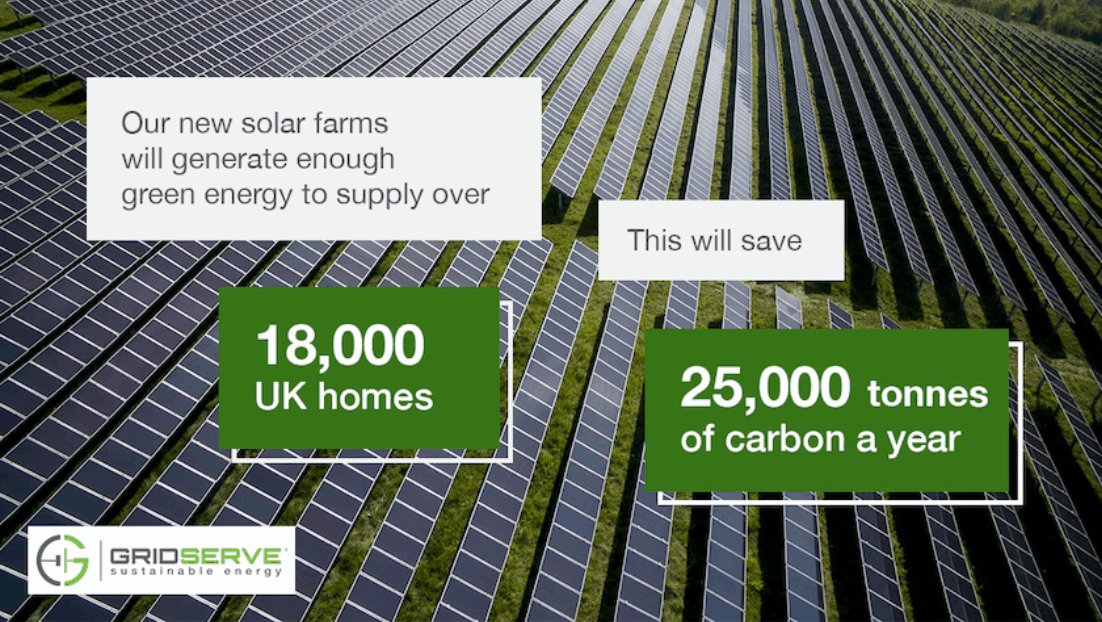A major new solar project for Warrington Borough Council is claimed to be the most advanced in the country, incorporating several UK-first technologies.
Built in partnership with Gridserve across two sites at York and Hull, the £62.34m project will produce enough green electricity to power around 18,000 homes. The York site - where work will begin shortly - will consist of a 34.7MWp hybrid solar farm plus a 27MW battery storage system, the largest at any UK solar facility. Electricity from the York farm will be sold on the open market initially, and the council claims that other local authorities have expressed interest in buying this power.
A 25.7MWp solar farm at Hull will follow in a later phase, supplying Warrington Borough Council itself with 100 per cent green electricity and cutting its bills by up to £2m a year. There are also plans for battery storage at the Hull site. According to the developers, they will be the two largest solar farms built in Great Britain since 2016.

“This deal is good news for Warrington residents and good news for the environment,” said Cllr Russ Bowden,leader of Warrington Borough Council. “The solar farms will secure our energy supply, give us control over our energy prices, contribute to reducing fuel poverty and generate an estimated operating surplus of £150m over 30 years that can be invested back into the most important frontline services.”
According to Gridserve, the solar farms will be the first in the UK to use bifacial solar panels, generating energy from both sides. They will also be the first large-scale UK projects that will use trackers to follow the sun, maximising generation and mitigating against price volatility over the course of the day. Once operational, both sites will also be connected to ‘Electric Forecourts’ where up to 24 EVs will be able to charge simultaneously.
“Warrington is leading the way in showing councils how solar and battery storage can help generate sustainable income to deliver vital public services, meet climate targets with clean energy, and support a low carbon economy,” said Toddington Harper, founder and CEO of Gridserve.
“These will be the most advanced solar farms in the UK - and quite possibly the world - ushering in a new era of subsidy-free, truly sustainable energy. We’ve completely rethought the solar model, looking in detail at how to maximise value at every step, and these projects will also pioneer the use of cutting-edge technologies that serve the grid.”
The York facility is being built on 198 acres of low-grade agricultural land at Boscar Grange, near Easingwold, and it is expected to be operational by October 2019. Construction of the Hull solar farm, on 131 acres of low-grade agricultural land near Bilton, will follow.





AI-generated medical responses need monitoring, study finds
This would negate most of the benefit of using AI in the first place, rather like the Locomotive Act 1865 that required any self-propelled road...